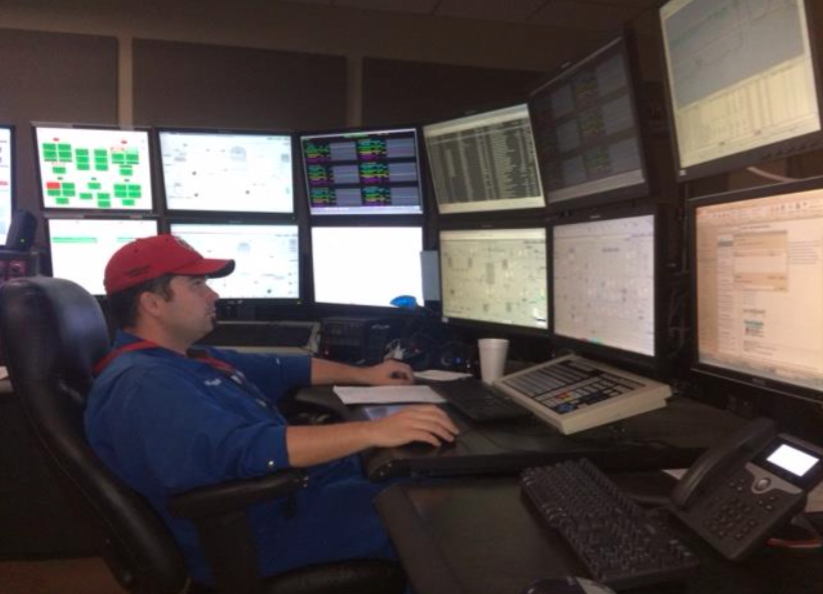The Importance of Continuous Alarm Management
Alarm systems are designed to alert individuals and organizations of potential hazards or emergencies. They serve the nervous system of the process and play a key role in mitigating risks, preventing losses, and ensuring the safety of people and assets. However, just having alarm systems in place is not enough; it is equally important to continuously manage these alarms to make sure they are working for you instead of against you.
What is Continuous Alarm Management?
Continuous Alarm Management refers to the ongoing processes and practices involved in effectively managing alarm systems. It involves monitoring, analyzing, and optimizing alarms on a regular basis to ensure they are serving the operator as intended.
Why is it Important?
-
- Ensure timely response: In emergency situations, every second counts. A well-managed alarm system can provide early warning signals that allow individuals to take necessary actions in a timely manner, potentially saving lives and minimizing damages. A well-managed alarm system also ensures that the operator will respond to the highest priority alarms first.
-
- Reduce alarm fatigue: In many organizations, alarms can become overwhelming due to their frequency and lack of relevance. This can lead to alarm fatigue, where individuals become desensitized to the alerts and may even ignore them. Continuous Alarm Management helps reduce unnecessary alarms, making sure that the remaining ones are meaningful and require immediate attention.
-
- Improve overall system performance: By continuously monitoring and analyzing alarms, patterns or trends can be identified. This information can then be used to optimize the system’s settings for better performance, reducing false alarms and improving response time.
-
- Meet regulatory requirements: Many industries have specific regulations regarding alarm systems that must be complied with. Continuous Alarm Management helps organizations meet these requirements and avoid penalties or fines.
- Cost savings: Inefficient alarm systems can lead to unnecessary maintenance costs, wasted resources, and even legal fees in case of false alarms. Continuous Alarm Management can help reduce these expenses by ensuring that alarms are functioning properly and only activated when the operator’s attention is required.
Best Practices for Continuous Alarm Management
-
- Establish clear procedures: Documented procedures should be put in place for continuously monitoring, analyzing, and responding to alarms. This ensures consistency and accountability among those responsible for managing the alarms.
-
- Regularly review alarm settings: It is important to regularly review alarm settings based on system performance data analysis. This will ensure that the appropriate thresholds are set for each alarm, reducing false activations.
-
- Train personnel: Proper training should be provided to those responsible for managing alarms. This includes understanding the system, its limitations, and how to respond in case of an alarm.
-
- Monitor system health: Along with monitoring alarms, it is also important to regularly check the health of the overall system. A high number of continuous or ‘standing’ alarms that diminish an operator’s situational awareness is a sign of an alarm system that is in poor health. This includes checking for any malfunctions or potential issues that could impact the performance of the alarm system.
- Continuously improve: Continuous Alarm Management is an ongoing process that requires continuous improvement. Regularly reviewing and analyzing data can help identify areas for improvement and ensure optimal performance of the alarm system.
Having a well-designed and properly functioning alarm system is crucial for safety and risk management. However, implementing Continuous Alarm Management practices can take it one step further by ensuring that the system is continuously monitored and optimized for the best possible performance.
Evaluate your alarm system with this self-assessment scoring tool:

